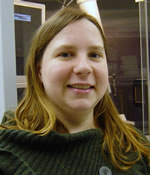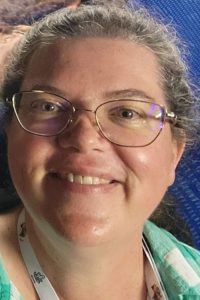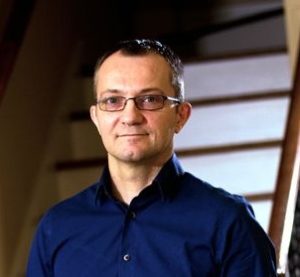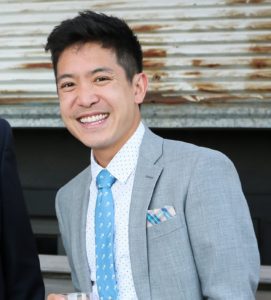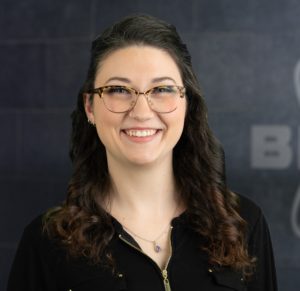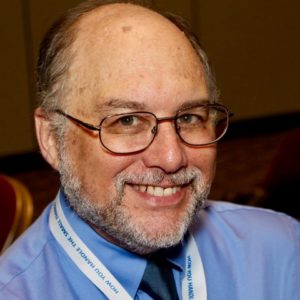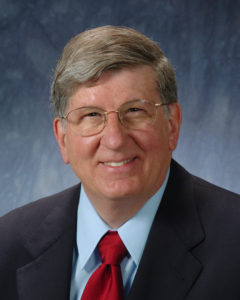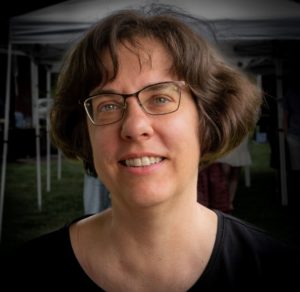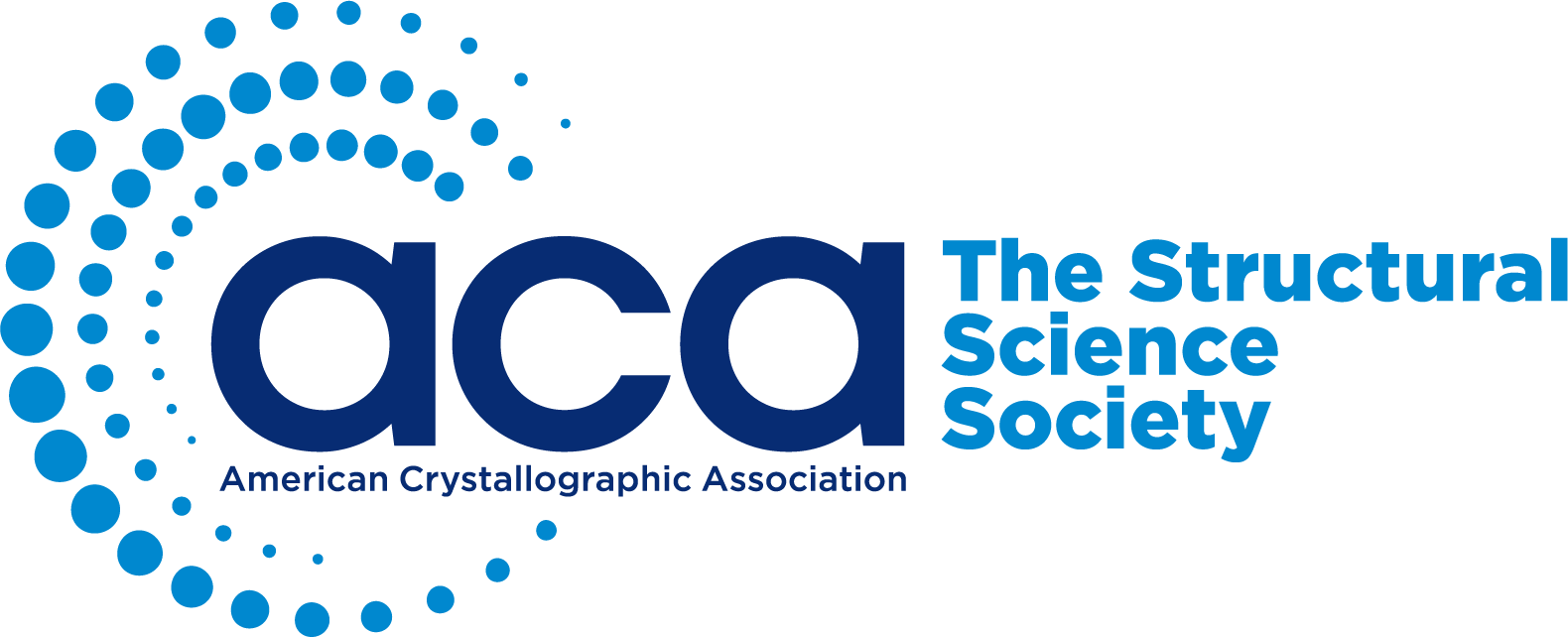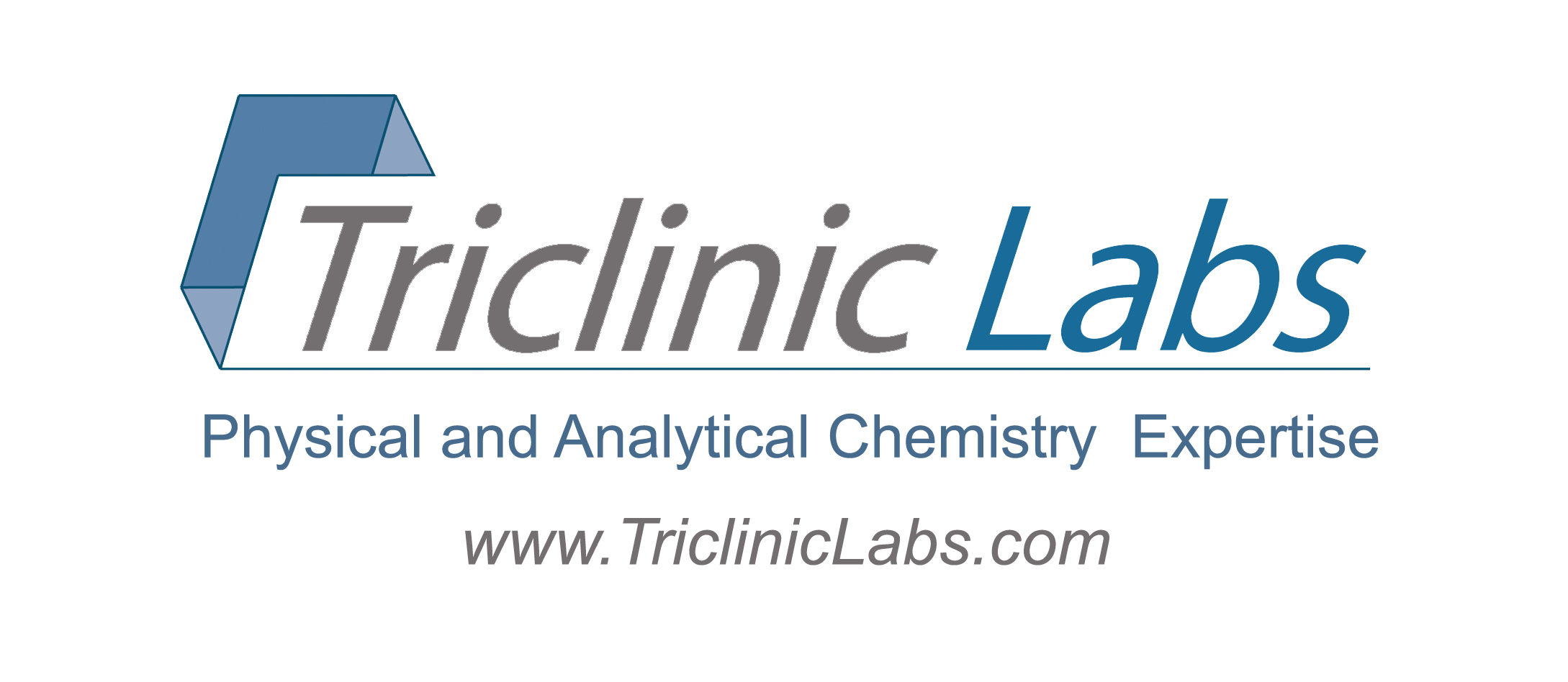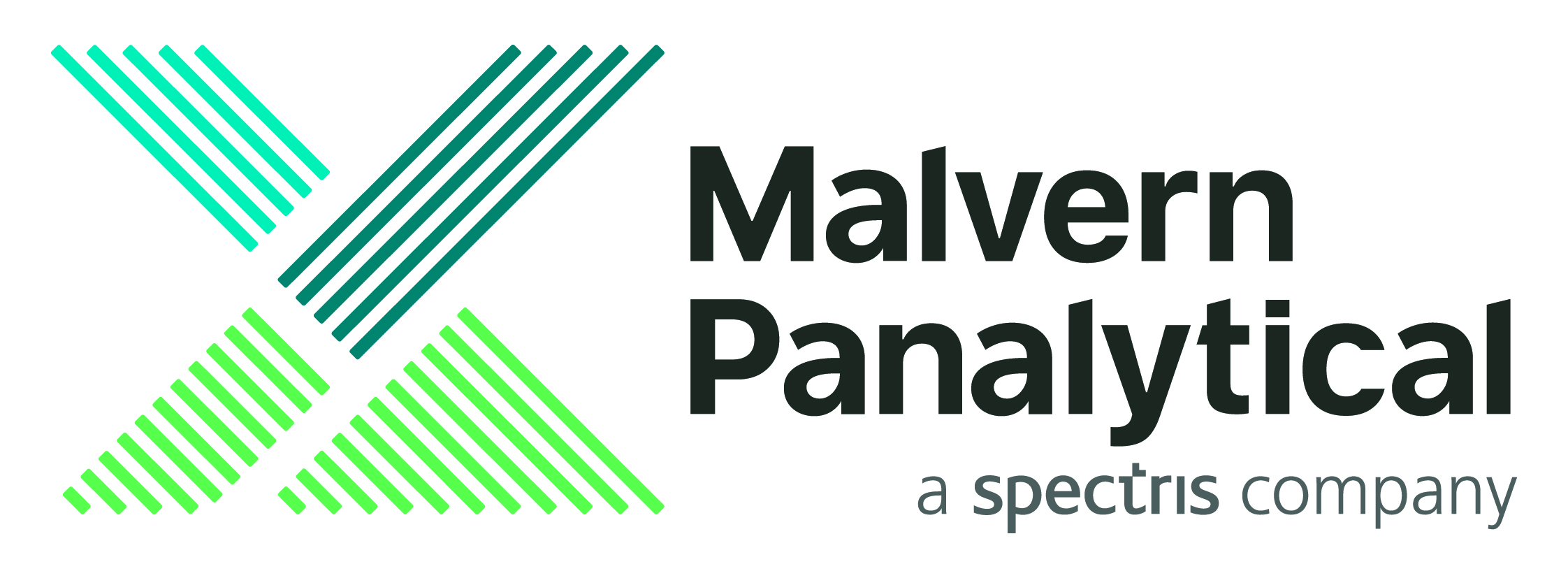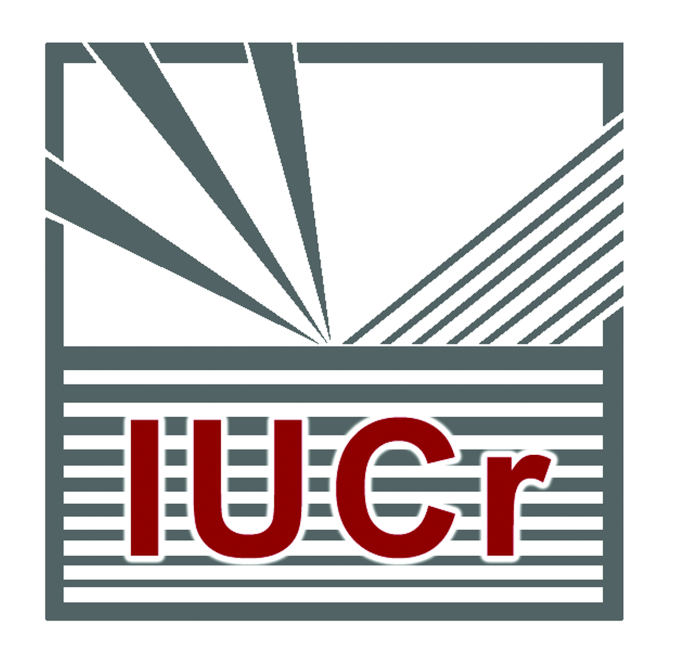Our wonderful instructors for the 2024 ACA Summer Course!
Danielle Gray – University of Illinois Urbana-Champaign
Dr. Danielle Gray studied at Augustana College where she received her B.A. in Chemistry, and later went on to Northwestern University where she received her Ph.D. in Inorganic Chemistry (2008) with James A. Ibers. After graduate school she spent two years as a postdoctoral fellow at Northwestern University with Mercouri G. Kanatzidis where she studied intermetallic materials that had complex twinned and incommensurately modulated crystal structures. Presently, Dr. Gray is the Director of the 3M Materials Chemistry Lab and G.L. Clark X-ray Facility at the University of Illinois Urbana-Champaign where she has managed the lab for the last six years. Although this will be her first opportunity to instruct at the ACA Summer Course in Crystallography, she is actively involved in the ACA. In 2014 she was a member of the International Year of Crystallography Committee for the ACA and is currently nominated for election to the Continuing Education Committee.
Diane Dickie – University of Virginia in Charlottesville
Diane Dickie began her career as a main group chemist, using single-crystal X-ray diffraction as one of many characterization techniques for the molecules she was synthesizing. She earned her B.Sc. under the supervision of Dr. Steve Westcott at Mount Allison University in Sackville, NB, Canada and her Ph.D under the supervision of Dr. Jason Clyburne at Simon Fraser University in Burnaby, BC, Canada. Partway through her postdoctoral studies under Dr. Rick Kemp at the University of New Mexico in Albuquerque, NM, the departmental crystallographer retired and she was tapped to take over responsibility for the diffractometer. After five years in this position, she spent a year as staff crystallographer at Brandeis University in Waltham, MA where she worked closely with well-known chemist and crystallographer Dr. Bruce Foxman. She now runs the X-ray diffraction facility at the University of Virginia in Charlottesville, VA, which currently consists of three single-crystal diffractometers and four powder diffractometers. She trains students to operate these instruments, and teaches a graduate-level class on structure determination by X-ray diffraction each year for the Department of Chemistry.
Charles Lake – Indiana University of Pennsylvania
Bio coming soon!
Pierre Le Magueres – Rigaku Americas Corporation
Dr. Pierre Le Magueres obtained a Ph.D. in physical chemistry and small molecule crystallography at the University of Rennes (France) in 1995, working under Dr. Lahcene Ouahab on the synthesis and analysis of molecular materials combining inorganic polyoxometalates and organic cation radicals based on tetrathiofulvalene derivatives. From 1996 to 2000, Dr. Le Magueres worked as a postdoctoral researcher with renowned Prof. Jay Kochi at the University of Houston, where he pursued his work on the synthesis and X-ray characterization of air-sensitive cation radicals and charge transfer complexes. In 2000, deciding to broaden his horizons and learn protein crystallography, Dr. Le Magueres joined the biochemistry department at the University of Houston and worked as a postdoctoral researcher with Prof. Kurt Krause on the design and X-ray characterization of potential new inhibitors for alanine racemase, a protein essential for the growth of infectious diseases such as tuberculosis.
Dr. Le Magueres was hired in 2004 as a protein crystallographer in the Life Sciences department at Rigaku. After 14 years in protein crystallography, he shifted to a position as a small molecule crystallographer at Rigaku Americas Corporation in The Woodlands, TX. While still helping with protein crystallography if needed, Dr Le Magueres’ duties are now centered on the analysis of small molecule samples and the development of hardware and software products at Rigaku for small molecule crystallography.
Lee Daniels – Rigaku Americas Corporation
Lee Daniels is a senior applications scientist for Rigaku Americas. Lee spent 15 years as an academic crystallographer (Iowa State and Texas A&M), and was a Rigaku user before joining Rigaku over 20 years ago. Although not associated with Rigaku for the entire time since then, Lee considers his function as a Rigaku scientist to be his calling and passion. He also spent some time representing the Cambridge Crystallographic Data Centre in North America.
Lee was first exposed to crystallography while working towards his PhD under Prof. Frank Albert Cotton at Texas A&M University. After two years of work in catalyst synthesis at Dow Chemical, he realized that his passions lay elsewhere and he returned to focus on crystallography under his mentor, Prof. Larry Falvello (now at the University of Zaragoza, and an ACA Fellow). Lee’s wife Chris is a chemical engineer, and his two grown children now live and work in Europe. Outside of crystallography, Lee enjoys cycling, hiking, driving his vintage Triumph, and playing bass guitar.
Nate Henderson – Bruker AXS
Nate Henderson is a Senior Applications Scientist at Bruker specializing in powder X-ray diffraction techniques. He received his Ph.D. in Materials Chemistry from Penn State with a focus on oxide and nanoparticle synthesis. With Bruker, his focus is on non-ambient diffraction, quantification methodology, and structural analysis. He is passionate about science education and outreach through conferences and workshops.
Ashley (Weiland) Schmidt – Bruker AXS
Dr. Ashley (Weiland) Schmidt received her B.S. in Environmental Chemistry from Duquesne University in Pittsburgh, PA, where she developed a keen interest in crystallography under the guidance of her research advisor Jennifer Aitken. Dr. Schmidt then pursued her Ph.D. in Inorganic Chemistry at the University of Texas at Dallas, where she encountered and solved numerous difficult crystallographic problems while studying rare earth intermetallics with Julia Chan. During her doctoral studies, she spent four months at the Advanced Photon Source, where she worked with Saul Lapidus at the high-resolution powder diffraction beam line, 11-BM. After completing her Ph.D., Dr. Schmidt did her postdoctoral work at Los Alamos National Laboratory, where she worked on Uranium-based superconductors and other low dimensional materials.
As an Applications Scientist in the Single Crystal X-Ray Diffraction division at Bruker, Dr. Schmidt is dedicated to sharing her expertise in crystallography to train and educate.
Brian Toby – Argonne National Lab
Brian Toby is a Senior Physicist at the Advanced Photon Source of Argonne National Laboratory, where was previously the founding group leader of the APS Materials Characterization Group and the Computational X-ray Science Group. He also served as APS Chief Computational Scientist. He trained as a physical chemist, with a Ph.D. from Caltech (1986) and a B.A. from Rutgers, granted with Honors, Highest Distinction in Chemistry and Phi Beta Kappa (1980). Prior to Argonne, he held positions at the National Institute of Standards and Technology, Air Products & Chemicals, Inc., the University of Pennsylvania and the Union Carbide Corp.
In 2020, Brian served as the President of the ACA and in between 2009-2014 as the vice-chair and chair of the U.S. National Committee for Crystallography, where he was a U.S. delegate to four Congresses of the IUCr. He is a member of the Denver X-ray Conference Organizing Committee, is a co-editor for the journal Powder Diffraction and serves on the editorial board of The Journal of Physical and Chemical Reference Data.
As a researcher, Brian has coauthored ~160 publications (https://publons.com/researcher/F-3176-2013/) that have ~20,000 citations generating an H-index of 43, and including 4 chapters for the International Tables for Crystallography. While at NIST, he supervised the team running the BT-1 and BT-8 diffraction instruments at the NIST Center for Neutron Research and, as a solo author, produced the NCNR’s most highly cited paper, with ~8,000 citations. He also developed the pdCIF standard for electronic exchange of powder diffraction structural studies. At Argonne, Brian led the construction of the 11-BM diffractometer at the APS, which has gone on to become the highest publishing synchrotron instrument in the U.S. and perhaps the world, in large part due to the unique mail-in system that he designed and implemented, largely as a solo effort. At UPenn, he worked with Takeshi Egami to develop the PDF method for determining local structure in nominally crystalline materials, developing the first code for fitting such data. He is a co-author of the GSAS-II system for crystallographic analysis, which now receives ~700 citations/year and is the only such package to be initiated in the current century and the most comprehensive in existence.
Brian’s awards and honors include (with co-recipient Robert Von Dreele) the American Crystallographic Association’s 6th Ken Trueblood Award for “exceptional achievement in computational or chemical crystallography” (2019); he was 16th recipient of the Charles S. Barrett Award from the Denver X-ray Conference for “outstanding contributions to the field of powder diffraction” (2015), has a Bronze Medal for Superior Federal Service from the U.S. Department of Commerce (2005) and received the American Institute of Chemists Undergraduate Award (1980). He was named a Fellow of the American Crystallographic Association (2017) and International Centre for Diffraction Data (2004).
Robert (Bob) Von Dreele – Argonne National Laboratory
Robert (Bob) Von Dreele is a Senior Physicist at Argonne National Laboratory and works at the Advanced Photon Source. He is the main developer (with Allen Larson) of the General Structure Analysis System (GSAS) and (with Brian Toby) of the open source python GSAS-II package. His scientific interests over the years has been Rietveld refinement and all of its possible applications including the initial analysis of neutron time-of-flight powder data, crystal structures at high pressure, texture analysis, crystallite size and microstrain analysis, protein structure refinement from powder data, and more recently incommensurate structures and stacking fault simulations all of which have treatments within the GSAS-II package.
He has a BS degree in Chemical Engineering from Cornell University (1966) and a PhD in Chemistry also from Cornell (1971) with a specialization in inorganic chemistry and an interest in crystallography. He immediately joined the faculty in the Chemistry Department at Arizona State University teaching mostly introductory chemistry to freshmen and pursuing research in crystallography. In 1972-3, while on leave, he was a National Science Foundation postdoctoral fellow at the Inorganic Chemistry Laboratory at Oxford University where he began his pursuit of powder diffraction crystallography, an endeavor he continues to this day. He attained the rank of Full Professor in 1981.
In 1986 he decided to pursue his main interests in neutron scattering and joined Los Alamos National Laboratory, New Mexico, as a Scientific Staff member at the LANSCE spallation neutron source where he was the Instrument Scientist responsible for two of the neutron powder diffractometers. During this time he was a Fulbright Fellow at the ISIS neutron scattering facility, Rutherford-Appleton Laboratory in Chilton, England (1986), received a Los Alamos National Laboratory Distinguished Performance Award (1998) for his work in protein powder diffraction, presented the 5th Joseph Morgan Lecture at Texas Christian University in 2000, and was made a Fellow of the Mineralogical Society of America in 2001.
In 2003 he joined Argonne National Laboratory as a Senior Physicist with a joint appointment between the Intense Pulsed Neutron Source and the Advanced Photon Source Argonne. In early 2008 the former facility was closed down and he is now full time at the APS. In 2007 he was elected Vice-President of the American Crystallographic Association and served as President in 2009. He received the Barrett Award in 2009 and the Hanawalt Award in 2013 for his work in protein powder diffraction.
Alexander N. Erickson – Marquette University
Alexander Erickson studied at the University of Portland where he received a B.S. in Chemistry. His adventure with crystallography began when he was a graduate student at the University of Notre Dame. Working with Seth Brown, he synthesized and characterized metal complexes supported by redox active ligands. This research led him to begin working with Allen Oliver in the X-ray facility where he was able to learn the fundamentals of X-ray crystallography as well as how to solve and refine structures. As a teaching assistant he was able to teach units on X-ray crystallography. This entailed assisting students with crystallization techniques and then further assistance with data collection and subsequent solving and refining of their structures. For his efforts he was awarded two teaching awards during his graduate career.
After obtaining a Ph.D. in inorganic chemistry (2021), he started his career in crystallography as staff crystallographer at the University of Memphis where he worked until 2024. Currently, Dr. Erickson is the Director of the X-ray Diffraction Facility at Marquette University where he manages the operation of the instrument, trains new users, collects data, and solves structures for service samples submitted by untrained and external researchers. He also teaches a graduate course on Chemical Crystallography.
Dr. Erickson has been faculty for the ACA Summer Course in Chemical Crystallography since 2022.
Carla Slebodnick – Virginia Tech
Dr. Carla Slebodnick was introduced to crystallography during her Ph.D. research where she studied the structure-function relationship of biomimetic porphyrin complexes under the guidance of Prof. Jim Ibers at Northwestern. After completing her Ph.D., she completed postdoctoral studies with Prof. Vincent Pecoraro at University of Michigan where she did inorganic synthesis, kinetic measurements, and heteronuclear NMR, and absolutely no crystallography.
Since 1998, Dr. Slebodnick has resided in the Appalachian Mountains in Blacksburg, Virginia where she runs the single-crystal X-ray service center at Virginia Tech. She is a great lover of crystallographic symmetry and the International Tables Volume A, and happily shares this love by teaching a full 3-credit graduate course on crystallographic symmetry at Virginia Tech.
Dr. Slebodnick has been an active member of the ACA since 2003, including recently finishing a 4-year stint on the Meeting Committee. If her name sounds familiar, it is probably because she spent the past three years spamming you with meeting information. This will be her first year of participating in the ACA Summer Course.
Jim Kaduk – Poly Crystallography Inc
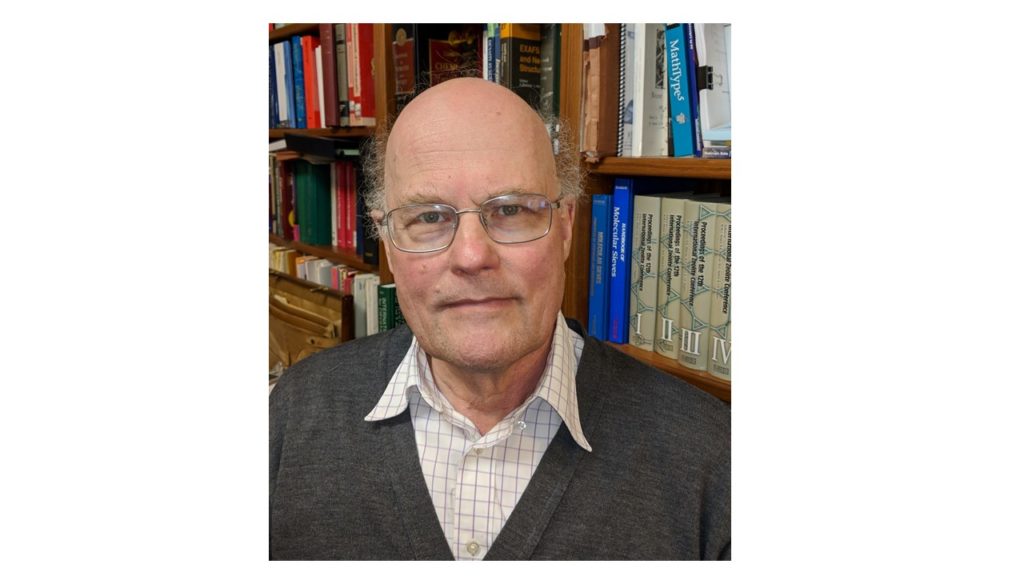
Jim Kaduk is President of Poly Crystallography Inc., a company which provides crystallographic problem solving and consulting services. He is also a Research Professor of Chemistry at Illinois Institute of Technology, and a Senior Research Scientist (Physics) at North Central College. He began his crystallographic career as an undergraduate at Notre Dame. After obtaining a Ph.D. in inorganic chemistry at Northwestern in 1977, he joined Amoco Chemicals and did catalysis R&D for eight years. Through a number of corporate changes he ran the X-ray diffraction lab at Amoco/BP/Ineos from 1985-2009. The lab characterized a very wide range of materials, including catalysts, inorganics, corrosion deposits, organics, and polymers. Jim is well known for his expertise in solving and refining crystal structures using powder diffraction data, and for combining crystallography and quantum mechanics to understand not just where the atoms are, but why they are there.
Jim is Treasurer of the International Centre for Diffraction Data, the organization which produces the Powder Diffraction File database, and is a past Chairman of its Board of Directors. He is a former treasurer of the American Crystallographic Association and served that organization in many other roles. He is a Co-Editor of Volume H of International Tables for Crystallography on powder diffraction, and author of multiple chapters. He is a consultant to the IUCr Commission on Powder Diffraction, and a member of the Commission on Crystallographic Nomenclature and the Committee for the Maintenance of the CIF Standard (COMCIFS). He is a co-editor of Powder Diffraction and Advances in X-ray Analysis. He is a member of the faculties of the ACA’s summer course, the ICDD’s Clinics on Advanced Methods in XRD and the Rietveld Method, and teaches short courses and workshops around the world. He has been a member of the Northwestern University Library Board of Governors since 2001.
Jim received the 2021 Barrett Award from the Denver X-ray Conference for his contributions to the field of powder diffraction, the 2017 Jenkins Award for lifetime achievement in the advancement of the use of X-rays in materials analysis, and is a Distinguished Fellow of ICDD. In 2020 he received the McMurdie Award from ICDD for his contributions to the Powder Diffraction File. His > 360 published papers center on powder crystallography, and he has contributed > 1000 patterns to the Powder Diffraction File.
Cora Lind-Kovacs – The University of Toledo
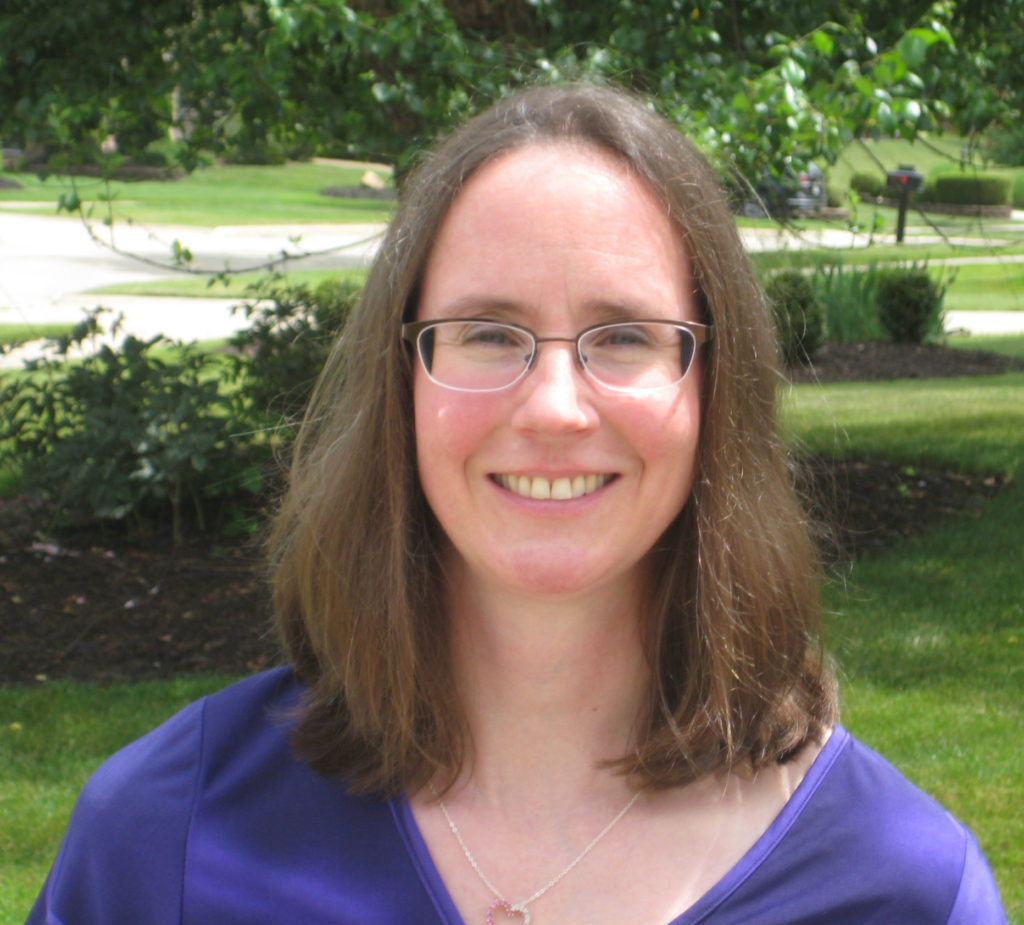
Cora Lind-Kovacs is a Professor in the Department of Chemistry and Biochemistry at the University of Toledo. As an undergraduate, she studied chemistry at the University of Wuppertal, Germany, and obtained her prediploma in chemistry in 1996. She received her Master’s and Ph.D. degrees in chemistry under Angus Wilkinson from the Georgia Institute of Technology in 1999 and 2001, respectively, and conducted postdoctoral research with Frank DiSalvo at Cornell University. In 2003, she started her independent career as an Assistant Professor at the University of Toledo, where she was subsequently promoted to Associate (2008) and Full (2014) Professor. Her research interests are focused on the synthesis and characterization of negative thermal expansion materials and the synthesis and characterization of model expander molecules for lead acid batteries. Her group heavily relies on diffraction methods, including powder X-ray and neutron diffraction under non-ambient temperatures and pressures. Cora has served on the U.S. National Committee for Crystallography (member 2007-2009; Secretary 2010-2012; Vice Chair 2015-2017; Chair 2018-2020) and is currently the President of the American Crystallographic Association. She has received several awards, including the ACA’s Etter Early Career Award and the ACS PROGRESS/Dreyfus Lecturer award.

